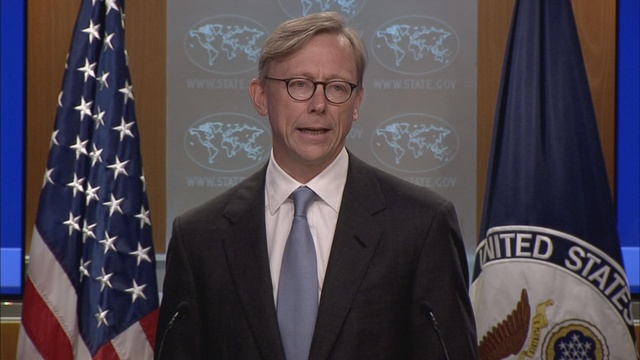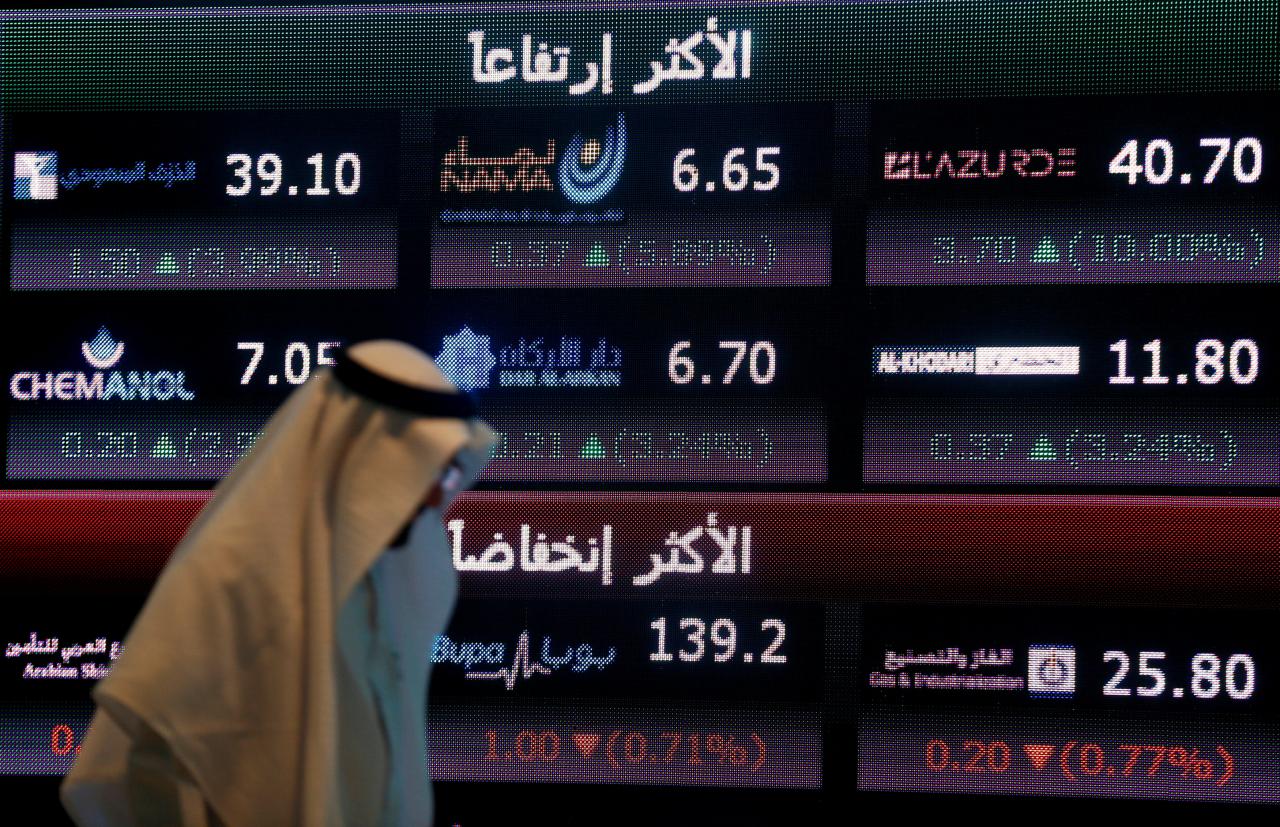By John Kemp
[John Kemp is a Reuters market analyst. The views expressed are his own]
LONDON, July 9 (Reuters) – The United States wants to eliminate all Iran’s crude oil exports from November, and is relying on Saudi Arabia and other OPEC and non-OPEC members to fill the gap in supplies.
“Our goal is to increase pressure on the Iranian regime by reducing to zero its revenue from crude oil sales,” asenior State Department official told a news briefing this month.
“We are working to minimise disruptions to the global market, but we are confident that there is sufficient global spare oil production capacity,” Brian Hook, the director of policy planning, said on July 2.
“We are not looking to grant licences or waivers broadly on the re-imposition of sanctions, because we believe pressure is critical to achieve our national security objectives.”
But if the United States succeeds in reducing Iran’s crude exports close to zero from November, in line with its stated policy, Saudi Arabia would have to raise its production to unprecedented levels to cover the loss.
And it would leave the global market tighter than at any time since the oil shocks of 1973/74 and 1979/80, with resulting upward pressure on prices.

ZERO EXPORTS
The administration has not been clear about whether sanctions will apply just to crude or will include condensates (“Briefing with an Iran diplomacy update”, State Department, July 2).
But assuming sanctions apply only to crude, the global market would still need to replace more than 2 million barrels per day (bpd) of Iranian exports from the start of November.
According to the latest information from the Joint Organisations Data Initiative (JODI), Iran exported between 2.1 million and 2.2 million bpd of crude between January and April.
The question is where will the replacement barrels come from?
The International Energy Agency estimates OPEC members held 3.4 million bpd of spare capacity at the end of May, while their non-OPEC allies had no more than 330,000 bpd (“Oil Market Report”, IEA, June 2018).
Saudi Arabia accounted for almost two-thirds of the reported OPEC spare capacity (2.02 million bpd), with smaller volumes held by Iraq (330,000 bpd), United Arab Emirates (330,000 bpd) and Kuwait (220,000 bpd).
Russia accounted for most of the non-OPEC spare capacity (roughly 250,000 bpd) with little or no available spare capacity in the other non-OPEC allies.
Other agencies and market analysts put the spare capacity figures for OPEC and non-OPEC members significantly lower than the IEA, which implies the market is even tighter.
But using the IEA’s figures, it is clear Saudi Arabia would have to replace most of the Iranian barrels lost as a result of sanctions.
The kingdom would need to increase production and exports by at least 1 million bpd to cover the total loss of Iranian barrels.
The required increase would be even higher if other OPEC and non-OPEC countries struggle to raise their output or more production is lost as a result of problems in Venezuela and Libya.
SPARE CAPACITY
In theory, there is sufficient spare capacity in Saudi Arabia and other countries, but it would leave the global market with less than 1 million bpd of capacity left to meet all other contingencies.
In practice, some analysts think the market could be much tighter, with sanctions essentially using up all the spare capacity worldwide.
The IEA estimates Saudi Arabia could raise production to just over 12 million bpd and sustain it at that level for an extended period.
Saudi Arabia has already used some of its spare capacity to increase production by 458,000 bpd, from 10.03 million bpd in May to 10.49 million bpd in June.
The figures were contained in a communication from the kingdom to the Organization of the Petroleum Exporting Countries (“Saudi Arabia raised oil output by around 500,000 bpd in June”, Reuters, July 5).
But according to the U.S. Energy Information Administration, the kingdom has not produced more than 10.42 million bpd on an annual basis (2016) or 10.63 million bpd in a single month (July 2016) in the last 20 years.
Saudi Arabia has reported roughly similar production numbers to JODI, with output peaking at 10.72 million bpd in November 2016 (https://tmsnrt.rs/2NwQzpZ).
[aesop_document type=”pdf” src=”https://kayhanlife.com/wp-content/uploads/2018/07/SAUDI-ARABIA-OIL-PRODUCTION.pdf” caption=”SAUDI ARABIA OIL PRODUCTION”]
It is possible the kingdom could lift production by another 1.3 million-1.4 million bpd beyond anything it has ever produced before but at the moment there is no way of knowing for certain.
[aesop_image img=”https://kayhanlife.com/wp-content/uploads/2018/07/KSA-oil-.jpeg” panorama=”off” align=”center” lightbox=”on” caption=”FILE PHOTO – A gas flame is seen in the desert near the Khurais oilfield, Saudi Arabia June 23, 2008. REUTERS/Ali Jarekji/File Photo” captionposition=”left” revealfx=”off” overlay_revealfx=”off”]
PUMPING FLAT OUT
Some observers question whether such high rates of production could be implemented quickly and sustained for any length of time.
Maximum production would require opening the chokes on existing wells and bringing previously shut-in wells back into service.
Boosting production this way might risk a decline in oilfield pressure that could result in long-term damage to the reservoirs.
Some spare capacity might require drilling new wells within existing fields, in which case it is not strictly speaking spare capacity at all.
And it is not clear whether the pipelines, processing plants and export terminals have enough capacity to handle 12 million bpd because such high flow rates have never been tested.
Saudi Arabia could boost volumes supplied to the market by releasing some of its domestic crude stocks as well as raising field production, but stock releases would only ever be a short-term measure.
Domestic crude stocks have already fallen by 95 million barrels since their peak in October 2015, according to government data submitted to the JODI.
Domestic stocks had been drawn down to 234 million barrels at the end of April, the lowest level since November 2011.

Most of the remaining inventories are required for operational reasons, including as feedstock for the country’s growing refinery capacity, as well as ensuring smooth flow of oil from the fields onto tankers.
If Saudi Arabia needs to replace Iranian barrels, most of the increase will have to come from more pumping rather than stock releases, and it would require producing more oil than Saudi Arabia has ever pumped before.
Stringent sanctions on Iran will take both Saudi Arabia and the oil market into the unknown.
(Editing by Edmund Blair)

